Part four:
How the poison gets to your dining table
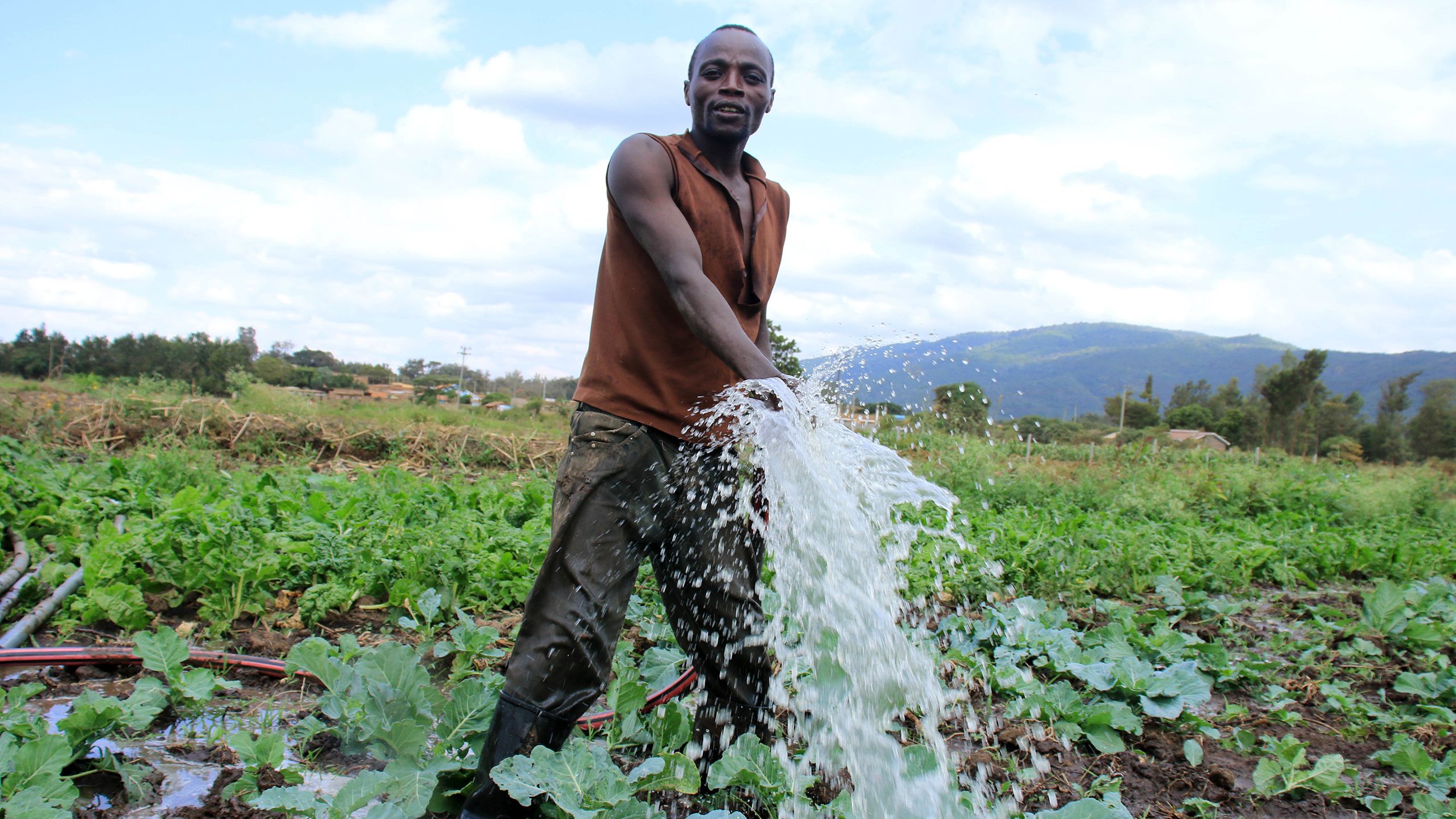
The Nairobi-Athi-Galana-Sabaki river basin waters crops and farm animals. It's also heavily polluted. Your food, including fruits, juices, meat and vegetables, could be highly toxic.
Fruit and juice
A gigantic diesel generator stands next to Athi River, not too far from Thika in Kiambu.
The generator, mounted on a four-wheeled trailer, billows on, slightly hidden by trees. A few metres down the road is the famous Fourteen Falls, now a pale shadow of its former self.
On this day, two men in blue aprons are manning the equipment that powers other machines. They have created a small opening for it through the labyrinth of water hyacinth choking this part of the river and sunk a rusty pipe.
The smoke pipe is turned away, facing the river. The generator gobbles up 120 litres of diesel every eight hours to chug water out of the river and pump it out into the expansive Del Monte pineapple farm up the road. The men work in shifts, day and night.
The pump pushes the water through large pipes over 100 metres away to sprinkle water on the fruit. Excess water runs back towards the river. Across the bridge, traffic police go on with their extortionist business, undisturbed by the noise of the engine.
Del Monte is one of the biggest food processing companies in Kenya. Its billions come from cultivation, production, and canning of pineapple products for both local and foreign markets. The multinational produces canned solid pineapple, juice concentrates, mill juice sugar and cattle feed.
It boasts of being Kenya’s largest single processor of canned pineapple and its success has seen the country ranked among the top five pineapple exporters in the world.
However, there is a small problem: a section of its gigantic produce is irrigated by Athi River. No distillation or purification of the river water is happening on the day we visit.
The water is pumped directly to the pineapple farm and fed into the aerial sprinklers, swaying in perfect symphony to splash the water up in sprays, which then rain onto the crop below.
Prof James Mbaria, the lead consultant for the Toxic Flow project, says aerial irrigation is the worst pollution culprit that spreads metals and other chemicals to crops because water is sprinkled on leaves, fruits, stems and roots. If it comes in contact with the soil, it will keep contaminating future crops over a long period of time.
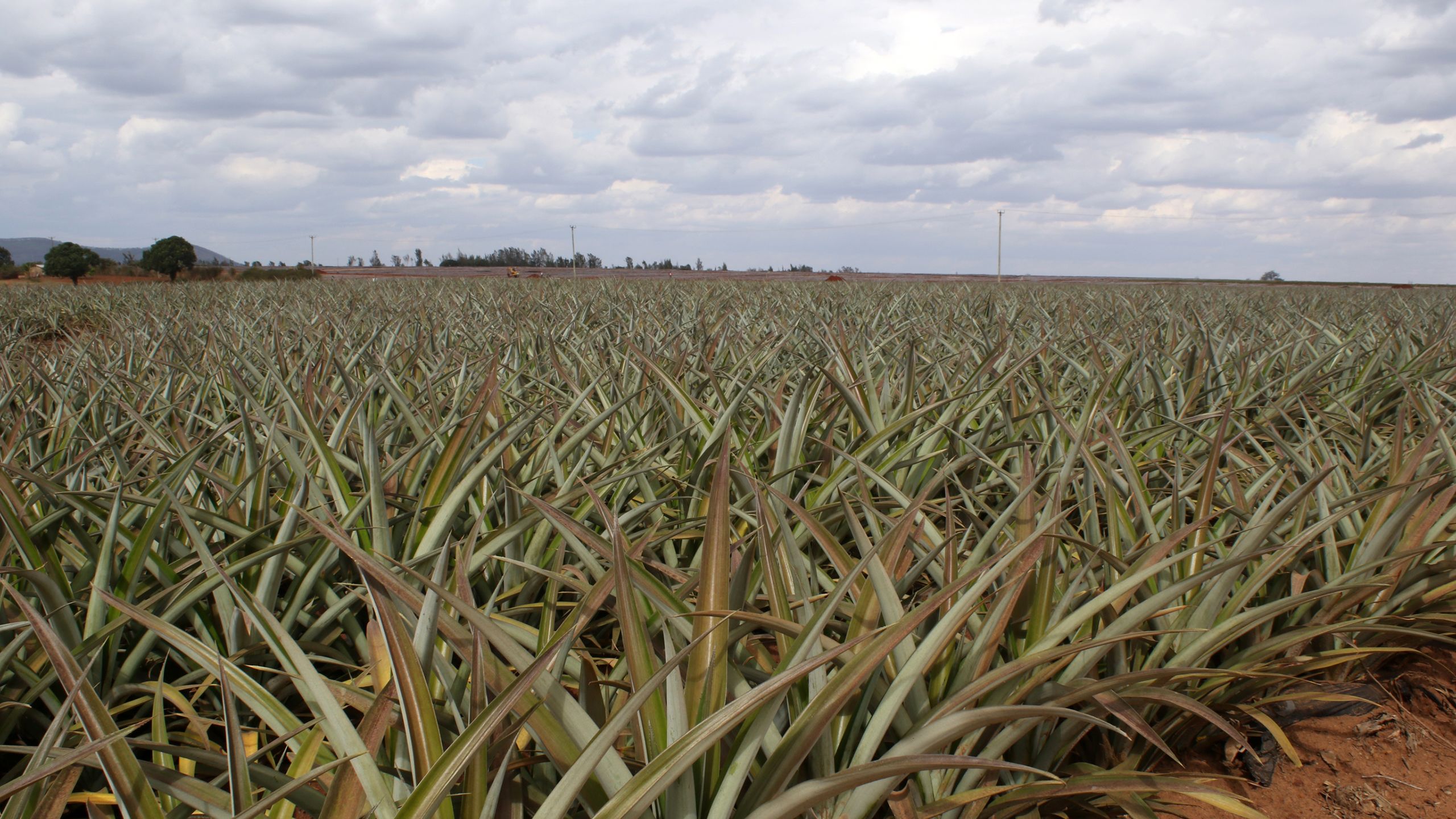
A pineapple plantation owned by Del Monte in Muka Mukuu, Kangundo.
A pineapple plantation owned by Del Monte in Muka Mukuu, Kangundo.
Asked about its water sources and safety, Del Monte Kenya told the Nation that it has a monthly average water usage of about 710,000 cubic metres. This translates to about 710 million litres every month.
The company says it has invested mainly in drip and centre-pivot irrigation systems over the years and harvests run-off water during the rainy seasons for use during drought when river water abstraction is restricted by the government.
On its sources of water, the company says 50 per cent is harvested from rain and stored in dams. Another 30 per cent of its water, Del Monte says, comes from Chania River and other small streams while the remaining 20 per cent comes from the polluted Athi River.
“Water used in fruit and juices processing comes from one of our dams that is fed with water extracted from Thika River. The water is treated before use. Chemical analysis of water is conducted regularly through accredited laboratories to ensure it is fit for use,” says Davis Thuo, the Research and Development Manager at Del Monte Kenya.
But on the two separate occasions we visited the farm over the past one month, no water treatment was ongoing, at least not on the farm next to Fourteen Falls. We saw the generator pump Athi River water directly to the farm.
Del Monte also maintains that it has put in place mechanisms to ensure that it keeps the chemicals out of its final product.
“Del Monte Kenya attaches a lot of significance to food safety and, as such, we have put in place mechanisms for identifying potential hazards during production processes,” Mr Thuo adds.
He avers that Del Monte has a regime for heavy metals and pesticide residue analysis done annually on produce that are harvested from all fields.
“The results are an assurance that the fruit is sound and good for human consumption, with no traces of elements that can affect the integrity of our products. The pineapple concentrate used to produce the juice in cartons is also analysed twice annually for heavy metals and pesticide residue analysis with the same results as above.”
The company adds that the rest of its juices are prepared from concentrates sourced from other reputable suppliers.
“The finished product from all these is tested periodically per production date internally and externally. External analysis is carried out annually by the Kenya Bureau of Standards (Kebs) who collect samples randomly.”
But our tests showed that, at Fourteen Falls, the river has six metals in dangerous amounts among them lead, selenium, copper, aluminium, manganese and iron. The fish we caught and tested from this part of the river also had heavily accumulated levels of copper, aluminium, barium, manganese and iron from the water.
It also had 160ppm total suspended solids, which is over five times the set safe standard of 30ppm. And, while the Nation established that Del Monte sources from this river some of the water it uses to irrigate its pineapple plantations, we did not carry out chemical analysis of its products.
Managu is the healthy choice, right?
Agnes Katungwa has a five-acre piece of land she uses for farming at Fourteen Falls in Thika, Kiambu.
Just like hundreds of farmers in the Athi River Basin, she has a small generator she uses to pump water out of the river to irrigate her crops.
She has seen the quality of water get from bad to worse in the past three years. On the day we visit, the water is not only green, but is also stinking.
But she says she has no other water source. Together with her son and daughter, she has to make ends meet by keeping her vegetable crop alive.
“I cannot export my crops anymore after officials from the European Union came and tested our produce. Now I just sell everything to the local market,” Katungwa says at her farm.
She grows most types of vegetables consumed in Thika and Nairobi, including cabbages, kales, spinach and indigenous ones such as black nightshade (popularly known as managu) and amaranthus (terere).
“Managu and terere are on high demand at the market. I do not struggle selling those ones. I take my vegetables to Nairobi, mostly Muthurwa and Githurai. I also sell some here in Thika town,” she says in Kiswahili. She says she is careful when asked where she sources her product by buyers who mind their health.
“I tell them they are from Ukambani. Consumers shun vegetables from Athi River, saying they are grown on sewage,” she says, adding that it is not her fault that the river is dirty.
To mitigate the wastes, she pumps the water after it has gone through the hyacinth, which holds out some of the solids that would block her pipes. But this is not enough to stop the heavy metals, pesticides and other chemicals dissolved in the water from contaminating her crop.
“It is not our fault that the river is dirty. What should we do? We hope those responsible can clean it. But we have no other means of livelihood and I cannot abandon my farm,” she says.
“Cows die when they drink this water, especially between July and September. We take cows to drink water elsewhere (during this time). We buy water for other uses,” she says. A few metres from her farm is a big flower farm that closed shop after the European Union rejected its produce, which was found to contain carcinogenic chemicals.
“The farm closed shop because of the toxic river chemicals and the land is now being used by Kenchic,” she says.
Agnes says she was also forced to stop growing pawpaw and French beans, which were the most sought-after products for the export market.
“Typhoid is so bad here. We also have a lot of cases of amoeba,” she adds.
The Galana full-tummy promise
Galana Kulalu is Kenya’s model farm and most ambitious irrigation project. Despite having a false start, most of the infrastructure has already been put in place. The project, which is now under the National Irrigation Board, has been billed as the Jubilee government’s answer to food insecurity in the country. Yet, the Sh7 billion project, whose contract had been awarded to Green Arava of Israel before it was cancelled, relies solely on Kenya’s most polluted river. Athi River is the primary source of water for the 1.2 million acres the government wants to put under irrigation.
When the Nation visited the farm during this investigation, we found over 500 acres of maize under irrigation. Engineer Charles Muasya, the man in charge of the technical aspects of the irrigation system from the National Irrigation Board (NIB), admits that testing the water for heavy metals has not been done. “We are not doing any water treatment at Galana and we have not done any tests on heavy metals,” Muasya says.
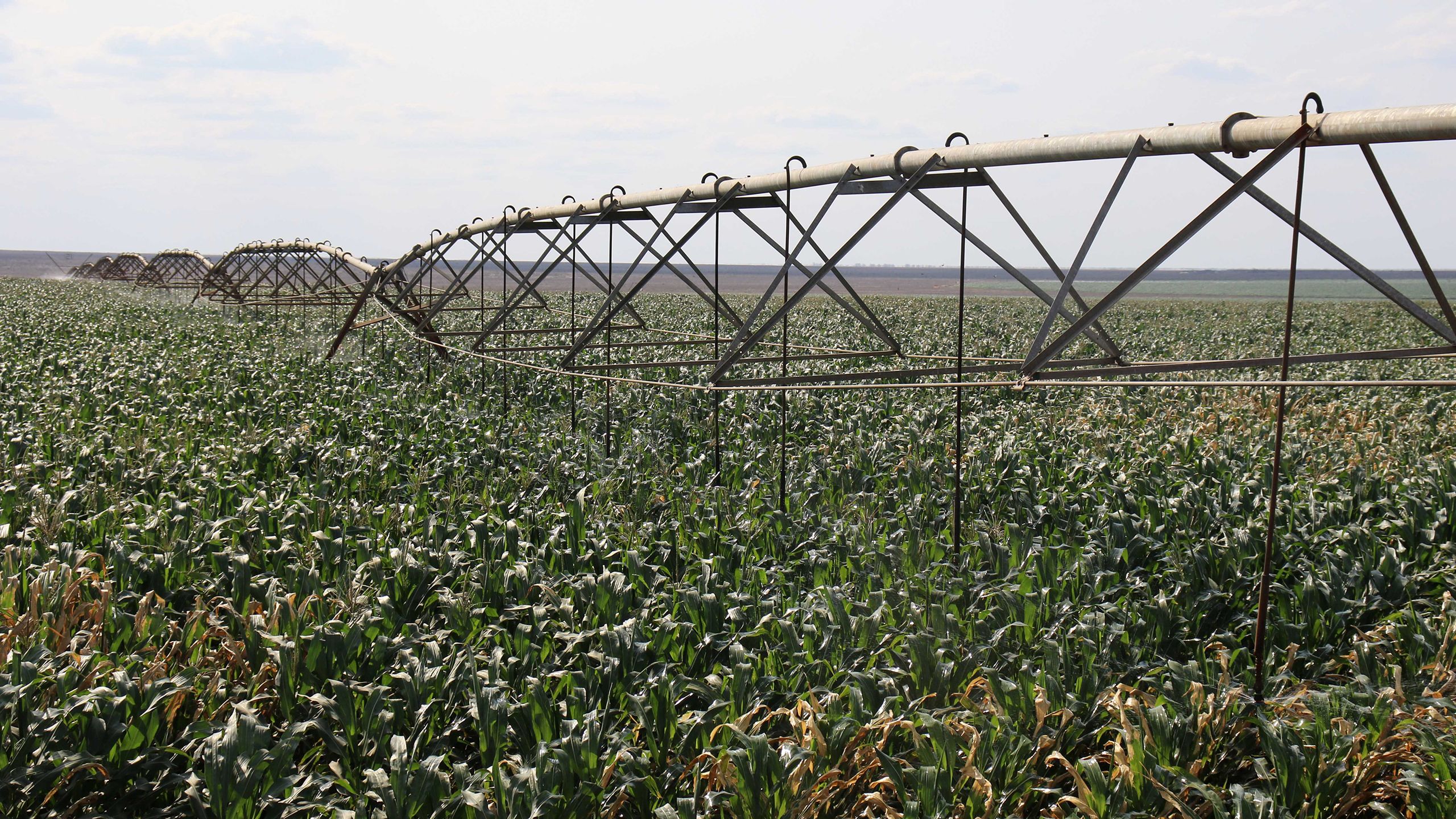
Irrigation on a maize farm in Galana Kulalu, Tana River.
Irrigation on a maize farm in Galana Kulalu, Tana River.
If you miss the contamination at Galana, you will not escape it on the dozens of smaller irrigation schemes along the river. “There are farms all the way down to Malindi. If we do not take punitive actions today to deal with pollution, the impact of the heavy metals will be felt 20 to 50 years from now and this will be too late,” he observes.
Kayatta irrigation scheme, which covers over 128 acres in Mwala and predominantly draws its water from Athi River, is one of them.
Kangundo has Kabaa irrigation scheme that sits on at least 160 acres and raises various food crops using water from the same river of death.
There are also smallholder farmers at Kithendu. As the river nears Kitui, its water is used for several irrigation projects, including the one at Itutua.
In Taita Taveta, the water is pumped into Mutomo irrigation scheme and when the river arrives in Galana, it meets the Chakama clusters. But these are nothing compared to the ambitious Galana Irrigation Scheme.
Cancer reaches home
Daniel Ngumbao has lived next to Sabaki Bridge all his life. Sabaki is where Athi River terminates into the Indian Ocean. He has seen his family grow and get old.
He has also buried two people, his sister and a niece, who both died of cancer. For over 10 years, he has always wondered how they got throat and mouth cancer. As he narrates the story of his life – his family’s struggle with the hefty hospital bills that they had to incur – he seeks some answers. We have none for him.
His house is in the last village along Athi River, which is now Sabaki River. Ngumbao’s family, like hundreds others along the river bank, grew up eating food grown by the water from the river.
They ate crabs and fish from the river. On good days, they shared the spoils of a hippo killed after straying into homesteads. At times, they boiled the water before drinking it. At other times, they just drank it as it was.
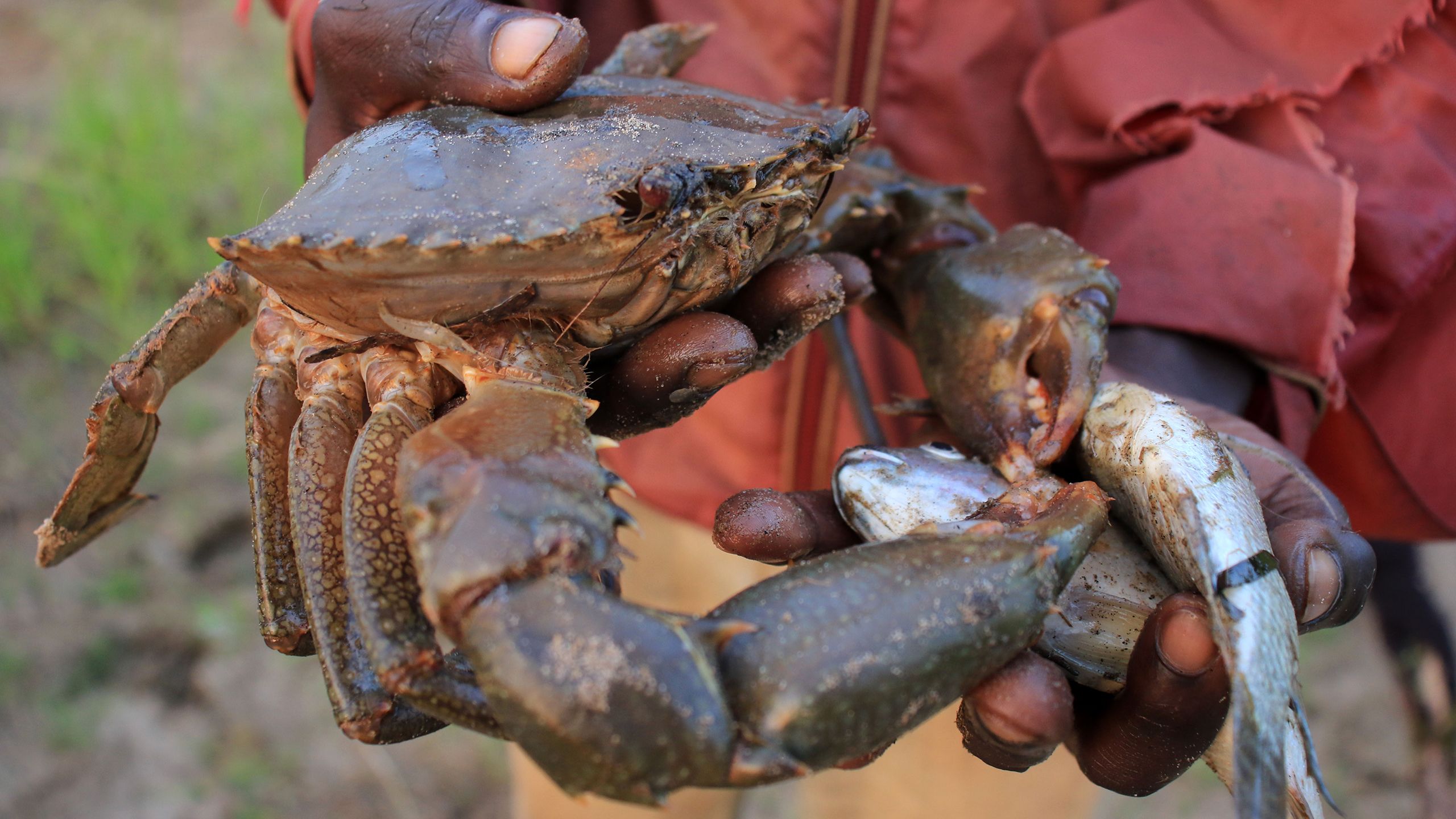
A fisherman displays his crab catch from Sabaki River in Malindi.
A fisherman displays his crab catch from Sabaki River in Malindi.
Today, 130 Kenyans will walk into a hospital and be told they have cancer. Another 90 will lose the battle against the deadly disease that has captured the country’s attention in the recent months.
At the end of the year, at least 32,000 will have fallen, according to latest statistics on the killer disease. But cancer is not even Kenya’s most deadly disease. Before 2000, respiratory diseases were nowhere in the list of top killers. Malaria killed the most.
But in the past decade, the face of disease in Kenya has changed rapidly in a shift that has seen respiratory diseases topple malaria to the top spot.
Last year alone, there were 21 million incidents of diseases of the respiratory system. One of the main reasons for this increase is heavy metal poisoning, which have huge impacts on the lungs.
Diarrhoea, pneumonia, heart diseases and a host of water and food-related diseases are also big contributors to the disease burden in the country today. Water contamination and heavy metals also play a big role in these diseases.
Scientists may lack the answer to the question on the reasons for the changing face of disease in Kenya. But they all agree with certainty that poisons from heavy metals, changing lifestyles and the environment are playing the biggest role in the current upsurge of deadly diseases that are ravishing both the rich and the poor indiscriminatingly, from the posh estates of Nairobi to far-flung parts of north eastern Kenya.
Until now, there was no comprehensive public study on just how contamination of Nairobi-Athi-Galana-Sabaki rivers was coming back to haunt the nation.
Beef and mutton
There is one more thing.
The Nairobi-Athi-Galana-Sabaki river basin is not just used for farming crops. During our investigations, we came across several people who drink the water from these rivers directly at source.
There were others who swim, do laundry, shower and do the dishes in the four rivers. Every day and night, water vendors, with their bowsers emblazoned with "clean water" signs, are everywhere fetching the contaminated product and ferrying it to unsuspecting consumers in nearby towns.
An unknown number of animals drink from the river basin every day, and their meat, slaughtered in Emali and other slaughterhouses, ends up on your table.
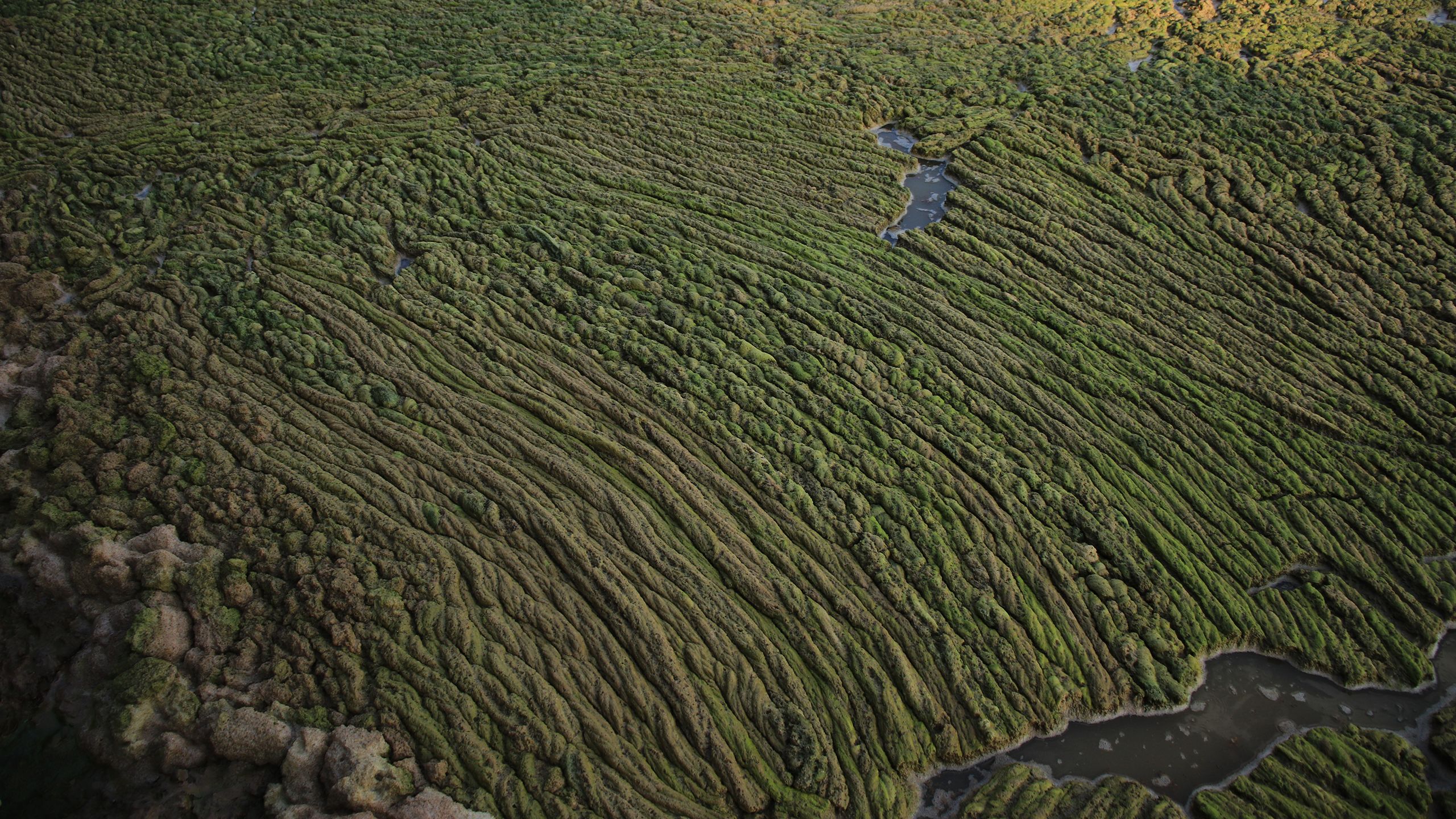
An algal bloom on Sabaki River in Malindi.
An algal bloom on Sabaki River in Malindi.

